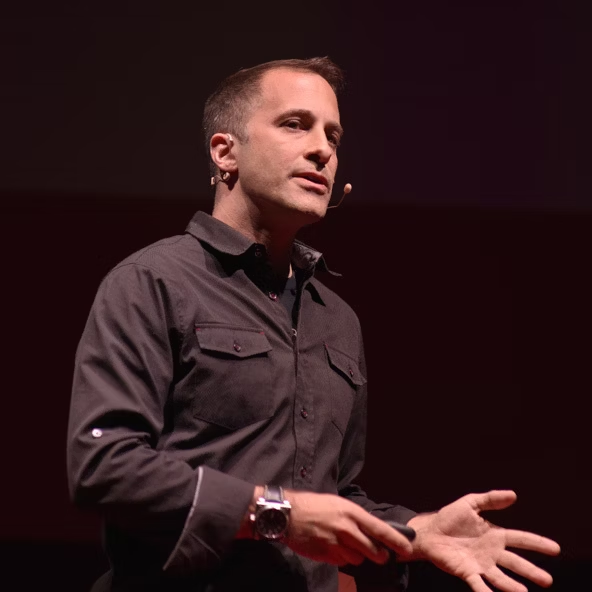Today the main topic for many people is the coronavirus, COVID-19, which has affected arguably all of us. Certainly it has affected everyone in the nation’s capital area where the surrounding states and the District of Columbia all have instituted social distancing mandates, if not outright stay at home requirements. This changes almost daily—becoming more restrictive, as state-level leadership stays current with COVID-19 issues.

[“Television Production Crew T-Shirt cartoon” by Inigo Laugermann is licensed under CC BY-NC 4.0]
I remember when I was younger and the new pilots often coincided with the first weeks of school. We were so excited to see what new shows we were going to watch that year. Nowadays, in order to keep TV viewership, networks can broadcast pilots almost any time of year. This helps to counter the ever-increasing number of streaming services available on-line and through smart televisions.
The article does also mention that TV executives are planning to keep pilots alive especially when they already have a series commitment, and that some networks have asked for a second episode of a script to help them better evaluate new shows. So, the era of humans on TV is probably not over yet, and it appears that at least the entertainment field is planning (hoping) the pandemic will not affect television past the late summer or fall.

[“Snow White and the Seven Dwarfs” by adeleblancsec2015 is licensed under CC BY 2.0]

[“Mike Wazowsky 2” by themodelmaker is licensed under CC BY-NC-SA 2.0]

“CGI & Animations – Jirka” by Digital Circus is licensed under CC BY-NC-ND 4.0
totally away from humans? According to stephenfollows in 2018, the average time between public announcement of a (human) film and US release ranges from less than 800 days for a comedy (a little over two years) to about 1100 days for an adventure (very slightly over three years). Dreamworks told TechRadar in 2015 that animation is getting better; while Shrek took “countless animators and rendering artists” to produce a two hour film, with new, faster processors, better graphics cards, and more storage, DreamWorks now can make more films per year (truth in advertising, the article does not say how many). They can do as many takes with computer animation as it takes for an actor to get the right one.
After I completed all the above, I found a 2014 article in the Telegraph asking basically the same question I did: When will CGI actors replace human ones? While the article is a discussion of the movie The Congress, where an aging movie star is offered money to cover her retirement (and to take care of her ailing son) in return for the complete rights to her digital presence, it also discusses how actors have already been scanned for movies. Tom Cruise, after Oblivion, had all copies of his data destroyed except for one copy he kept. A computer generated version of Paul Walker was created to complete Fast and Furious 7 after he died during filming. So, we’ve already seen CGI stars, perhaps without realizing it. Some people believe that as technology improves, CGI will be used to create virtual humans for second-rank actors, in order to pay the high costs for first-rate stars. –Lloyd Chesley





